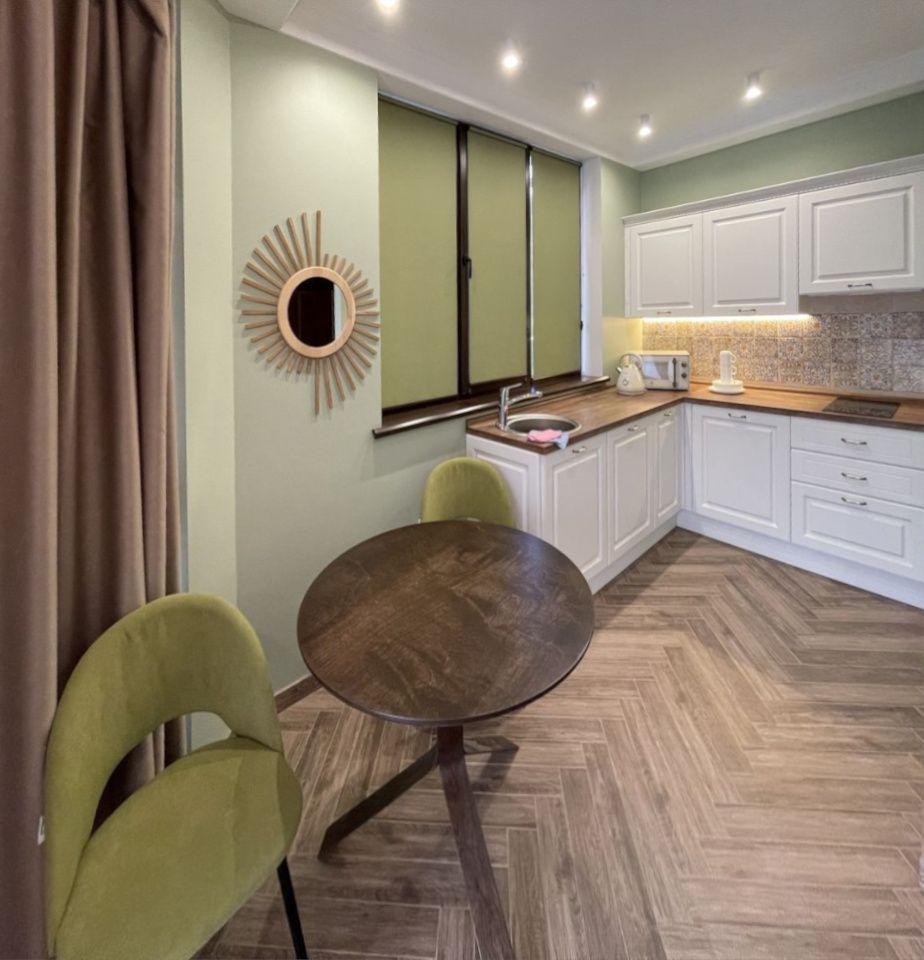
Culinary Spaces Redefined: Upgrade
Introduction to Modern Kitchen Concepts
In recent years, the concept of the kitchen has transformed from a purely functional space into a multifunctional hub of the home. It is now a place where cooking meets comfort, technology, and style. The modern culinary space is not only a room for meal preparation but also an area for social gatherings, family bonding, and culinary experiments. This article delays the various ways in which kitchen spaces have been upgraded and redefined.
Integrating Smart Technology
The integration of smart technology has revolutionized the way we utilize our kitchen spaces. From smart refrigerators that can keep track of your groceries and suggest recipes, to ovens that can be preheated remotely, technology has made cooking and kitchen management more efficient and enjoyable. Voice-activated devices allow for hands-free control, and smart dishwashers can save time, energy, and water. This section explores the various high-tech appliances and gadgets that are changing the game in modern kitchen design.
Ergonomic Design and Accessibility
Ergonomics plays a pivotal role in the modernization of culinary spaces. The focus on user-friendly design ensures that kitchens are accessible and comfortable for all users, regardless of age or mobility. Adjustable countertops, pull-out shelves, and touch-sensitive faucets are just a few examples of design elements that enhance the usability of the space. We will discuss how ergonomic design can lead to a more inclusive and effortlessly navigable kitchen environment.
Aesthetic Appeal and Personalization
Today's kitchens are not only functional but also reflection of personal style and aesthetic taste. With open-plan living becoming increasingly popular, the visual appeal of the kitchen is more important than ever. Bespoke cabinetry, statement backsplashes, and unique lighting fixtures allow homeowners to express their style. In this section, we'll delve into how customization and design-forward thinking are key to creating visually striking culinary spaces that serve as the centerpiece of a home.
Eco-Friendly Options and Sustainability
Sustainability is at the forefront of kitchen design upgrades. Energy-efficient appliances, sustainable materials, and waste-reduction systems are all facets of the environmentally friendly kitchen. This part of the article will discuss how individuals can make eco-conscious decisions through the selection of appliances, materials, and practices that promote a healthier environment within their culinary space.
Maximizing Space and Storage Solutions
One of the biggest challenges of kitchen design is maximizing space without compromising on functionality or style. Innovative storage solutions such as multi-tiered drawers, corner cabinet pull-outs, and ceiling-mounted racks have revolutionized space utilization in the kitchen. This section highlights creative ways to make the most of every inch of the kitchen, ensuring a clutter-free and organized environment.
Open-Plan Layouts and the Social Kitchen
The trend toward open-plan living has extended into the kitchen, creating spaces that are not just for cooking but for living. The social kitchen features islands or breakfast bars that encourage interaction and communal dining. With this design, the kitchen becomes an inviting space where family and friends can engage and connect. This section will consider the impact of open-plan designs on the social dynamics of home life.
Conclusion: The Kitchen of the Future
Kitchens have come a long way from their traditional roles. With advancements in technology, design, and environmental consciousness, they have been redefined to be not only more efficient but also more enjoyable. Whether through state-of-the-art appliances or innovative storage solutions, the kitchen of the future is shaping up to be a room that truly caters to the needs and desires of its users. As we continue to push the boundaries of what a culinary space can be, one thing is certain: the kitchen will always be the heart of the home.